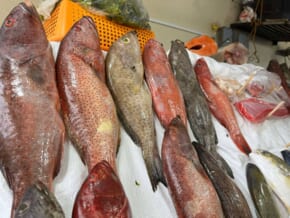Fast Facts: the Philippines
A country with 7, 107 islands, (7,100 when it’s high tide) and over a hundred million people: that’s the Philippines. It’s the lone country in Southeast Asia that’s predominantly Catholic. With a land mass that spans more than 300,000 kilometres, you will never run out of things to do in this Southeast Asian melting pot of cultures.
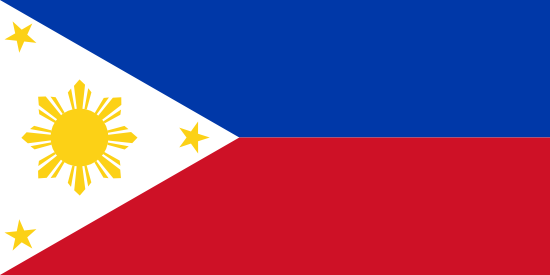
Photo from flagpedia.net
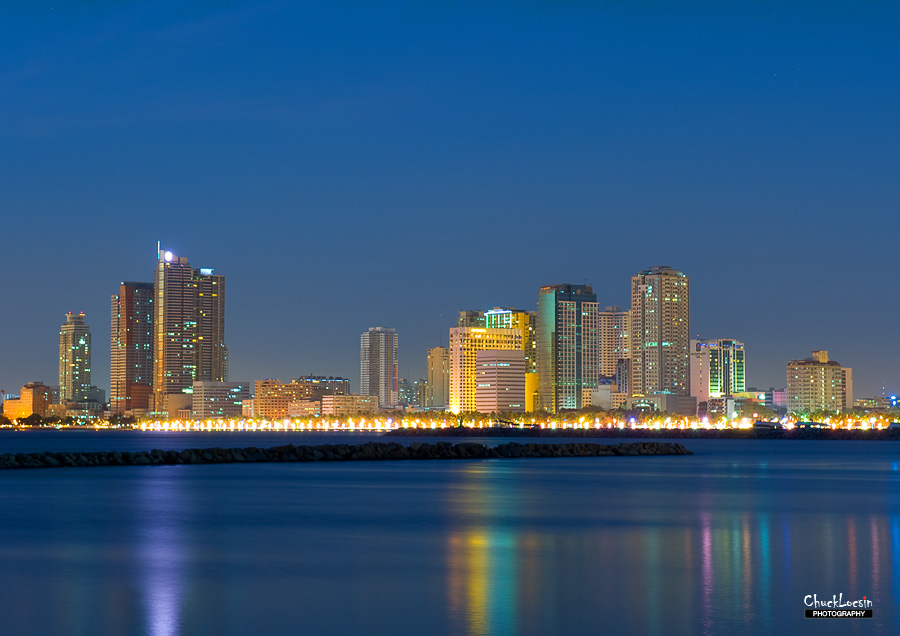
Photo courtesy of Chuck Locsin Photography
The Philippines is divided into three major island groups: Luzon, Visayas, and Mindanao. Being an archipelago, the Philippines does not share any land boundaries with any other Southeast Asian nation. It is bordered by Taiwan from the north, Vietnam to its west, Indonesia to its south, and the Pacific Ocean towards the east.
–
Fast Facts About the Philippines
Full name: Republic of the Philippines
Capital City: Manila
Seat of National Government: Metro Manila (National Capital Region)
Land Area: 343,448 square kilometres (132,606 square miles)
Population: 101,802,706
Currency: Philippine Peso
Official Languages: Filipino (national) and English
–
National Symbols
As far as national symbols go, there are only ten that are recognized by law: the Philippine Flag, the national Anthem (Lupang Hinirang), coat of arms, motto (“Maka-Diyos, Maka-Tao, Makakalikasan, at Makabansa”, or “For God, People, Nature, and Country”), language (Filipino), flower (Sampaguita), tree, (Narra), bird (Philippine eagle), gem (Philippine pearl), and martial art and sport (Arnis, also known as eskrima/kali). Other national symbols, while known to almost every Filipino, have yet to be enacted by law.
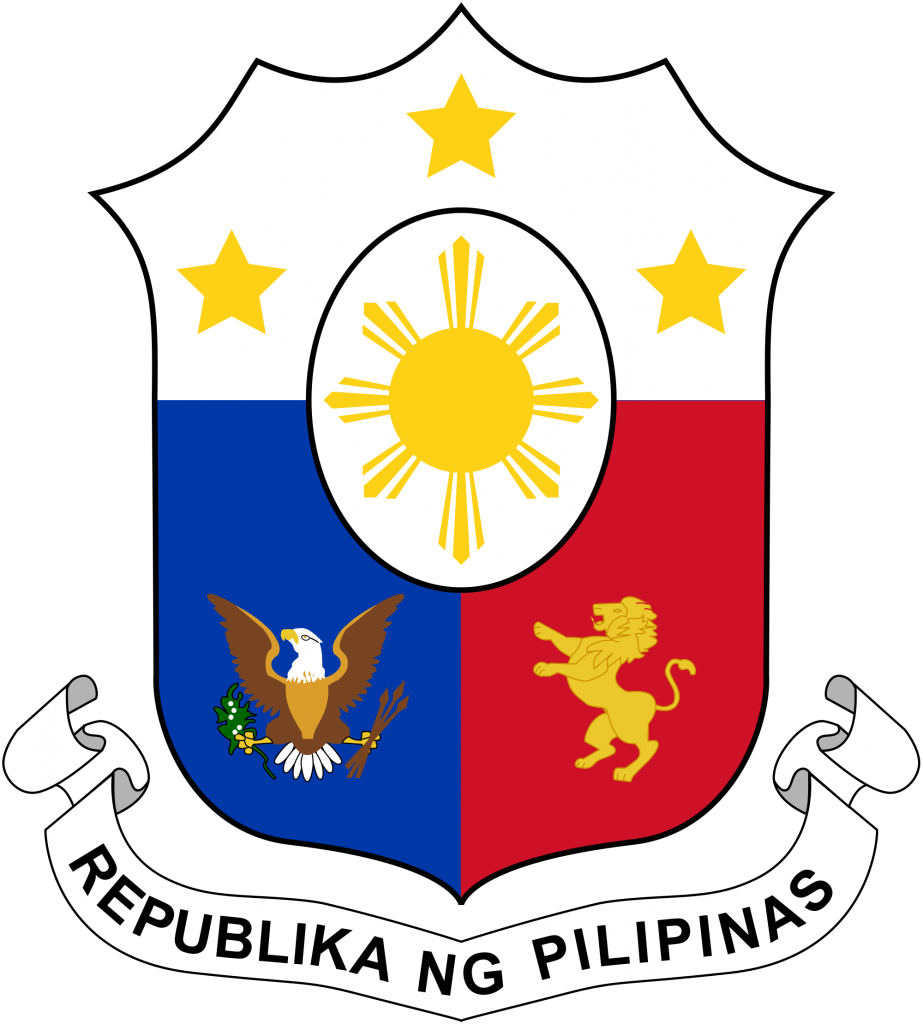
Photo courtesy of Wikipedia.org
–

From left: the national flower, tree, bird, and gem.
Photos courtesy of Choose Philippines, RAFI.org.ph, Roderick Luna via LunaArt Gallery Facebook page, and Wikipedia.org
–
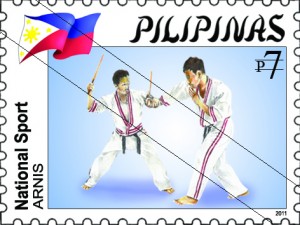
Stamp courtesy of the Philippine Postal Corporation
–
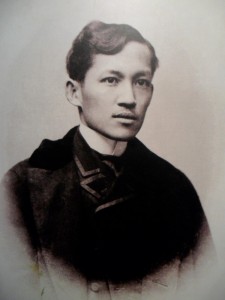
Yes, even the man considered as the National Hero is not official.
Photo courtesy of Knights of Rizal
–
Climate
There are only two seasons in the Philippines: rainy and dry. The rainy season spans from June to November, while the dry season is from December to May. The hottest time of the year can usually be experienced between March and May, while the temperature starts dropping around November. This is why schools used to go on summer breaks towards the end of March, but with the recent changes to the academic calendar, this is now a thing of the past.
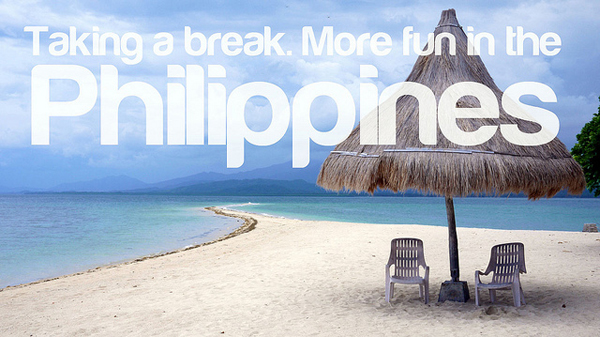
SUMMER. A photo of a sand bar in Camiguin Island.
Photo courtesy of Metrocebu News
–
Geography
With over seven thousand islands, you won’t find a shortage of scenery in the Philippines. The country is filled with everything from long mountain ranges to deep valleys, stunning falls to scenic beaches, and other landscapes that will fascinate even the most curious of people. Fancy a dive? As an archipelago, there won’t be a lack of dive sites to go to. The Philippines truly has something to offer for everyone.
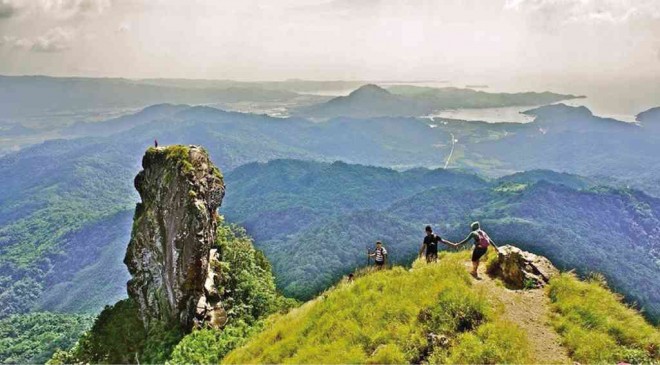
STUNNING. Pico De Loro in Maragondon, Cavite.
Photo courtesy of Julius Santos via Inquirer.net
–
Language
With Filipino and English as its official languages, you won’t find yourself stuck when you go around the Philippines. You will encounter other dialects, like Cebuano, Bicolano, Ilocano, and Waray, but most people will understand English or Filipino. Filipinos are friendly by nature and are very accommodating, especially towards guests. If all else fails, crude sign language always works.
–
Culture
The Philippines is one of the many countries in the world that enjoy being a melting pot of different cultures. Due to the country’s history of colonization, we have absorbed cultures from Spain, America, and a little bit from Japan. We have also adapted a few customs from our neighbours in Asia, such as China. With a hodgepodge of customs and traditions, the Philippines truly has one of the more unique cultures in Asia, if not the world.
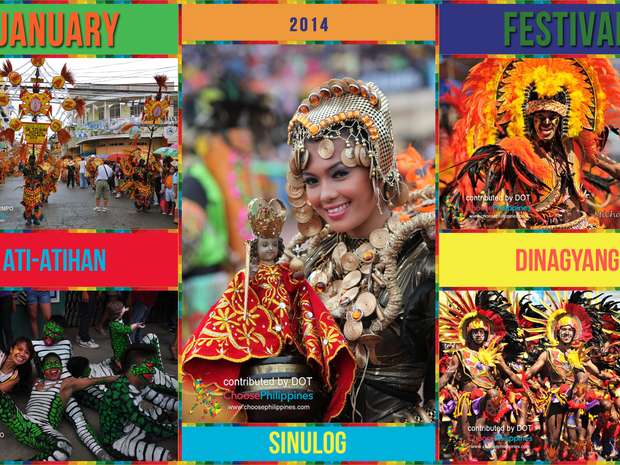
FESTIVE. The best example of Philippine culture: Festivals.
Photo courtesy of Choose Philippines
With so many things to see, places to visit, and things to do, it’s hard to list them all down in one article. It is one of the most diverse places in the world, both biologically and culturally. Even within the city limits, there’s always something to do in the Philippines.
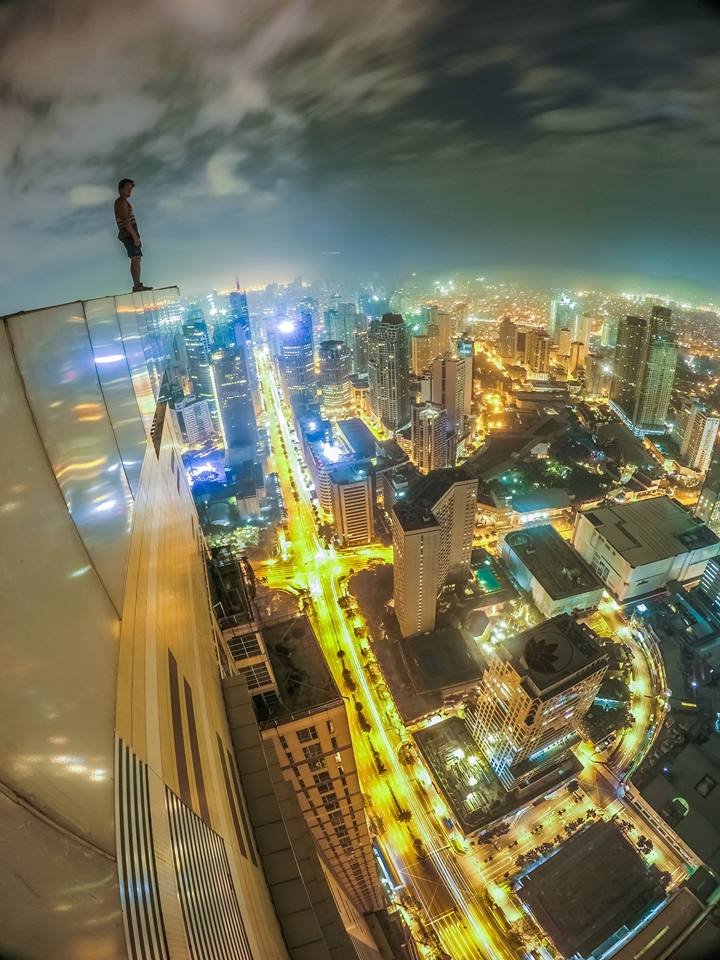
BREATHTAKING. Even the city has its fair share of views.
Photo courtesy of Black Lotus
Is it still more fun in the Philippines? Yes, yes it is.






